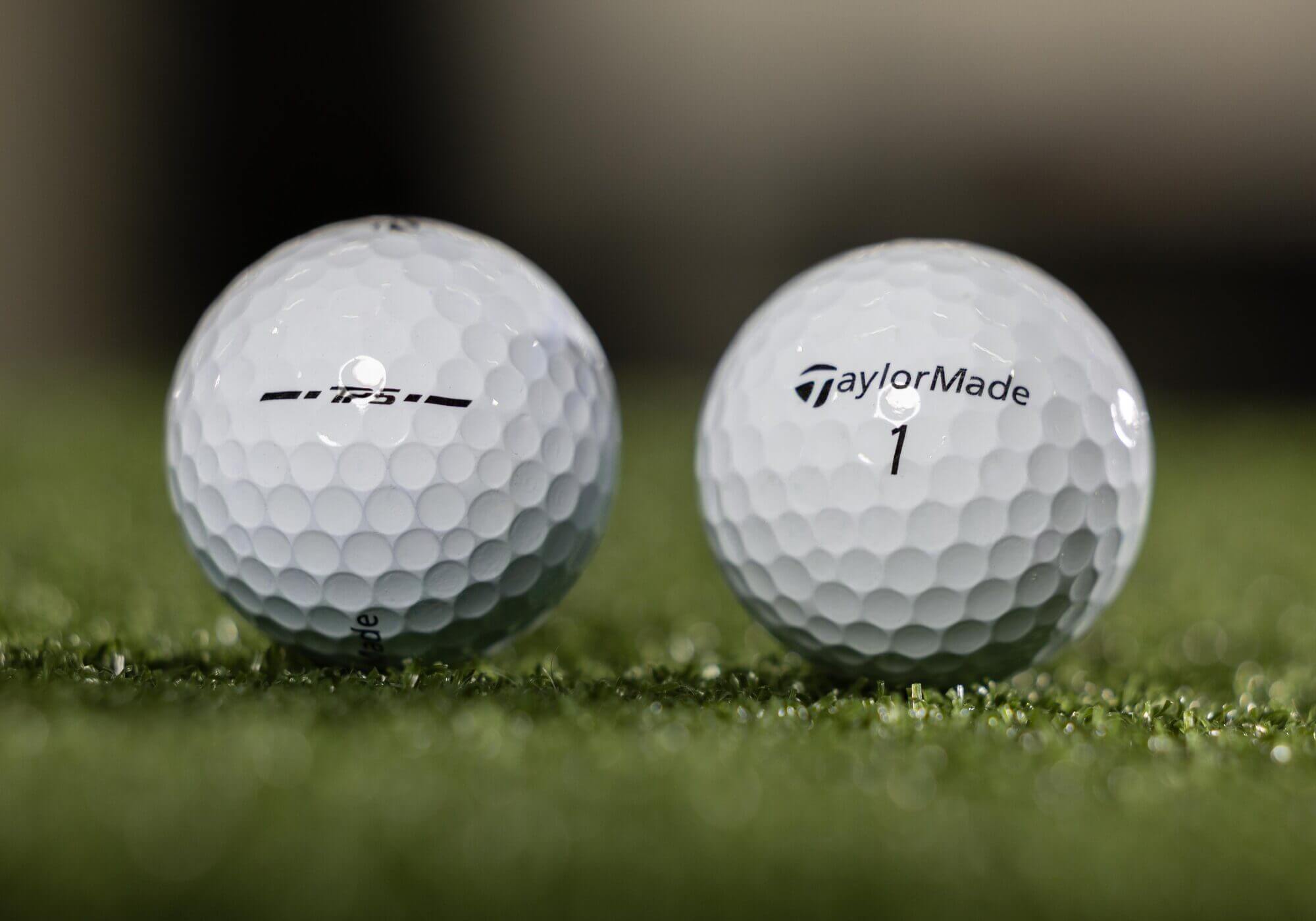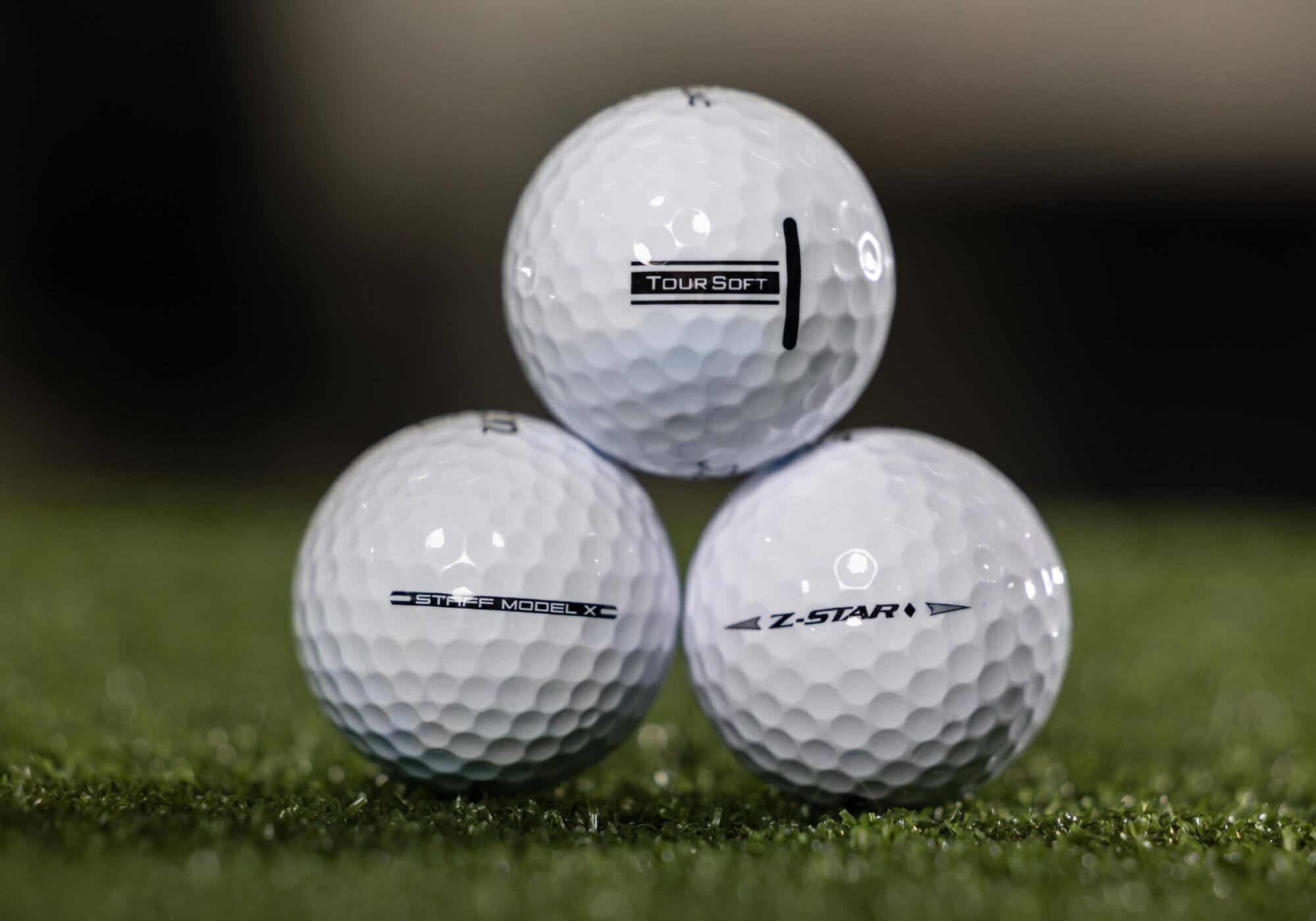Who should be the next captain for Team USA? How can Scottie Scheffler turn around his Ryder Cup record? We answer some of the biggest questions facing the U.S. ahead of 2027.
Golfing News & Blog Articles
WM Phoenix Open adds new structure and tickets to 16th hole
The famous par-3 16th hole at TPC Scottsdale will have a new look — and daily hospitality ticket option — for the 2026 WM Phoenix Open.
The post WM Phoenix Open adds new structure and tickets to 16th hole appeared first on Golf.
'I am ashamed': Ex-U.S. Ryder Cup captain apologizes for 'rude' Bethpage fans
Two-time U.S. Ryder Cup captain Tom Watson took to social media to announce he was "ashamed" by fans' behavior at Bethpage Black.
The post ‘I am ashamed’: Ex-U.S. Ryder Cup captain apologizes for ‘rude’ Bethpage fans appeared first on Golf.
Our No. 1 Most Accurate Player’s Distance Iron of 2025 Is 20% Off Right Now
If you played a round this weekend, there’s a good chance you’re looking to buy a new driver and/or putter (who isn’t?). However, while we all want to improve our driving and putting, the key area that most golfers need to improve most is GIR, and if you’ve been looking to hit that one extra green a round, you may be in luck… The Stix Compete Iron Set, recently ranked our number 1 most accurate player’s distance iron of 2025 is currently 20% off, bringing the price down from $649 to just $519.20. For a full 7 iron set with this level of performance, that’s a deal that’s almost impossible to beat.
Why We Ranked It Number One
Simply put, in our 2025 testing, the Stix irons earned a 9.3/10 in the accuracy category and an overall score of 8.8. Accuracy is its calling card and, paired with strong forgiveness, it proved to be one of the most dependable irons in this year’s lineup.
This iron is perfect for players looking to find more greens, and yes, that means you.
Our testers found that the Stix set shines in helping keep shots on line, even when struck slightly off-center. They also liked how these irons look, and let’s face it, nobody wants an ugly set of irons. I mean, hey, look good, feel good, play good.
If you’re serious about improving your approach game and saving $130, this deal is hard to beat.
2025 Sanderson Farms Championship odds: Akshay Bhatia leads betting favorites
The 2025 Sanderson Farms Championship odds are out, and two-time PGA Tour winner Akshay Bhatia leads the betting favorites.
The post 2025 Sanderson Farms Championship odds: Akshay Bhatia leads betting favorites appeared first on Golf.
5 Changes The Americans Need To Make To Win Back The Ryder Cup
Don’t let that incredible comeback bid fool you—the U.S. Ryder Cup team needs to make some significant changes if they want to win back the trophy.
Whether it was close or not, the Europeans have now captured 11 of the last 15 Ryder Cups. For many of those editions, the Americans have boasted the better roster on paper and came into the event as favorites.
But there is a lot more to team golf than rolling your best players out there and hoping for the best.
The European Ryder Cup team has structure and culture. There is a dedicated system in place for the captaincy. They have a support staff that is desperately looking for any small edge possible, even down to changing the shampoo in the hotel.
Most of all, the players want to win as a team. They are willing to do whatever it takes. It just means more to the Europeans than it does to the U.S. team.
Rules Guy: Can 'volcano' cups be fixed without penalty?
If you notice that the grass around a golf hole is unnaturally raised, can you tamp it down without penalty? Rules Guy has the answer.
The post Rules Guy: Can ‘volcano’ cups be fixed without penalty? appeared first on Golf.
2025 Sanderson Farms Championship: TV schedule, streaming info, how to watch, tee times
How to watch the 2025 Sanderson Farms Championship at the Country Club of Jackson this week, including a full Sanderson Farms TV schedule.
The post 2025 Sanderson Farms Championship: TV schedule, streaming info, how to watch, tee times appeared first on Golf.
5 Golf Balls You May Regret Buying
The golf ball isn’t one-size-fits-all. Our golf ball testing keeps proving that the ball you choose matters more than most golfers think. Speed, flight and spin change from model to model and those differences show up in scoring. A ball that shines for one player can be a miss for another.
This list of the five golf balls you may regret buying isn’t about calling products bad. It’s about mismatch.
If you understand what a ball really does, you can avoid a purchase you’ll regret and find something that fits how you swing and how you score.
1) Member’s Mark (Sam’s Club)
You might regret the Member’s Mark ball if you expect complete performance for a bargain price. In this test group, the warehouse club house ball lagged in the areas that matter around the green. It has a urethane cover, very low greenside spin and limited stopping power. Chips will run out and partial wedges don’t check.
When you weigh it against similarly priced options that tested stronger across categories, the value case falls apart.


Callaway ERC Soft Performance Review
Golf ball rankings (longest, spiniest, softest, etc.) are helpful but they don’t always tell you the whole story. Sometimes you need a deep dive into a single model to understand what it really does. That’s what we’ve done here with the Callaway ERC Soft. Using MyGolfSpy’s 2025 Ball Test presented by UNRL, we broke down how it performed with the driver, irons and wedges to give you the insights you need to decide if it belongs in your bag.
What is the Callaway ERC Soft?
The ERC Soft is positioned by Callaway as its longest golf ball with soft feel, aimed at a wide range of golfers who want distance without losing too much control.
It features:
Hyper Elastic SoftFast Core – designed for faster ball speed off the driver while enhancing feel.Hybrid Cover + GRIP Urethane Coating – a multi-material construction for durability, soft feel and improved short-game spin compared to standard ionomer designs.High Speed Mantle – improves energy transfer for extra ball speed and wedge spin.Triple Track Alignment – Callaway’s popular putting aid to improve accuracy on the greens.At $39.99 a dozen, it sits below the Chrome Tour line, marketed as a complete performance ball blending distance, soft feel, and playable greenside control. The test data shows where those claims hold up.
Driver performance
With the driver, the ERC Soft showed a clear low-spin, mid- to high-launch identity. It wasn’t the single longest ball in the test but across all swing speeds, it stayed competitive with consistent top-10 distance finishes.










How Much Ball Speed Can You Really Gain By Switching Golf Balls?
When golfers think about distance, the conversation usually starts with swing speed and driver loft. But your golf ball also plays a role. MyGolfSpy’s 2025 Golf Ball Test, presented by UNRL shows that switching golf balls can add or cost you real ball speed off the driver.
The question is: How much difference can a golf ball really make?
Driver ball speed differences by swing speed
Here’s a look at the range of driver ball speeds from the test. The table highlights the fastest and slowest balls in each swing-speed group.
| Swing Speed Group | Highest Driver Ball Speed | Lowest Driver Ball Speed | Difference (mph) |
|---|---|---|---|
| High Swing Speed | Maxfli Tour X — 168 mph | TaylorMade Speed Soft — 162 mph | 6 mph |
| Mid Swing Speed | Chrome Tour Triple Diamond — 150 mph | Speed Soft — 146 mph | 4 mph |
| Slow Swing Speed | Wilson Staff Model X — 124 mph | Srixon Soft Feel — 122 mph | 2 mph |
*Rule of thumb: 2-3 yards of carry per 1 mph of ball speed. Real-world results vary with launch, spin and strike quality.
What the numbers tell us
The data makes it clear that your choice of golf ball can influence how much speed you get off the tee. High swing-speed players stand to see the largest differences but even at mid and slow speeds, there are real differences.

Rory, Keegan's moves and ‘Europe’s on fire’: 36 thoughts from Ryder Cup
Rory McIlroy. Keegan Bradley. “Europe’s on fire.” Bethpage Black. And more. Here are 50 thoughts on Ryder Cup week.
The post Rory, Keegan’s moves and ‘Europe’s on fire’: 36 thoughts from Ryder Cup appeared first on Golf.
Moments before Ryder Cup win, Shane Lowry delivered epic pep talk
Shane Lowry was the clinching point at the Ryder Cup. But before his birdie putt dropped, a pep talk told the story.
The post Moments before Ryder Cup win, Shane Lowry delivered epic pep talk appeared first on Golf.
These sunglasses have become my favorites on (and off) the course
Since getting the ROKA Oslo sunglasses this summer, they've become my favorites for wearing on and off the course.
The post These sunglasses have become my favorites on (and off) the course appeared first on Golf.
He was robbed of a Ryder Cup moment he may never have again
Harris English learned less than an hour before his Ryder Cup singles match Sunday that the contest had been nixed. "It sucked," he said.
The post He was robbed of a Ryder Cup moment he may never have again appeared first on Golf.
2 unsung Ryder Cup heroes thwarted potential for disastrous Sunday
Rory McIlroy, Tommy Fleetwood and Jon Rahm built Europe's big Ryder Cup lead, but it was two unsung heroes who denied America's comeback.
The post 2 unsung Ryder Cup heroes thwarted potential for disastrous Sunday appeared first on Golf.
Rory McIlroy trolls Bryson DeChambeau after Ryder Cup win
During Europe's Ryder Cup victory celebration, cameras captured Rory McIlroy making a pointed statement to U.S. rival Bryson DeChambeau.
The post Rory McIlroy trolls Bryson DeChambeau after Ryder Cup win appeared first on Golf.
Watson apologizes to Euros for 'rude' U.S. fans
Two-time U.S. Ryder Cup captain Tom Watson on Monday apologized for the "rude" behavior of fans at Bethpage Black, saying he was "ashamed of what happened."
How Europe was able to back up Rory McIlroy's words and win the Ryder Cup on the road
Two years ago in Rome, McIlroy predicted a Europe win at Bethpage. Over three days, Europe's gutsy team play made that prediction come true.

